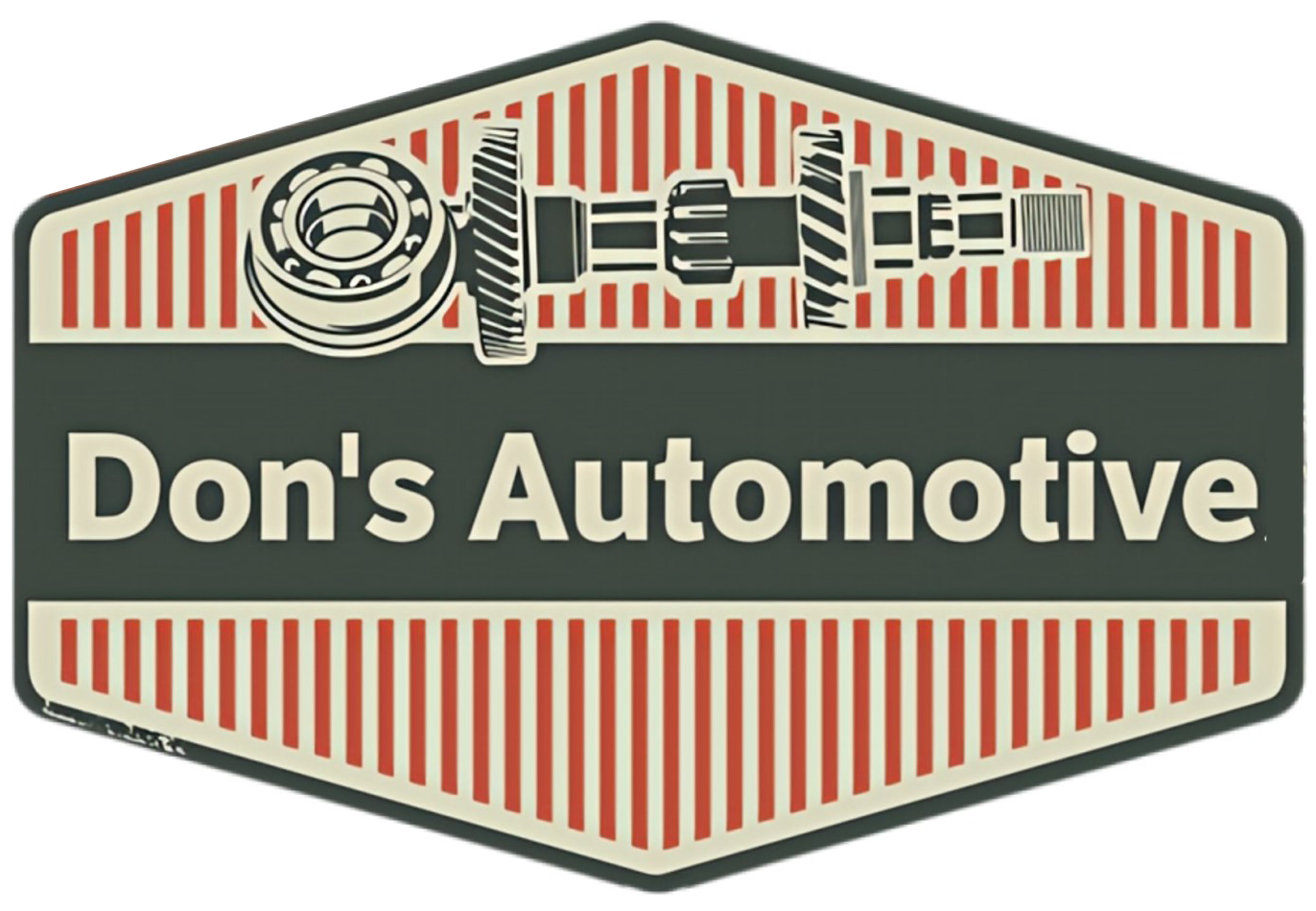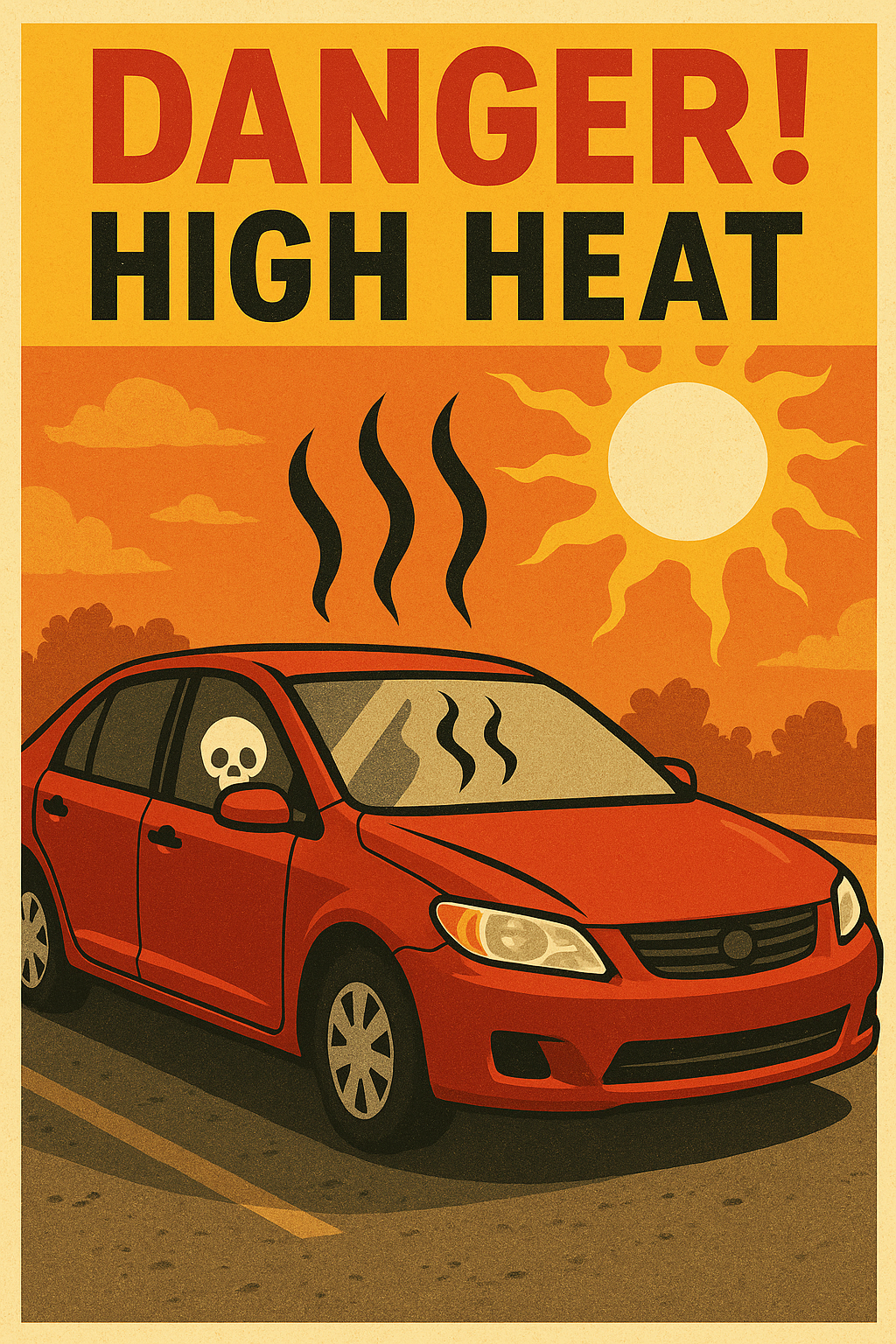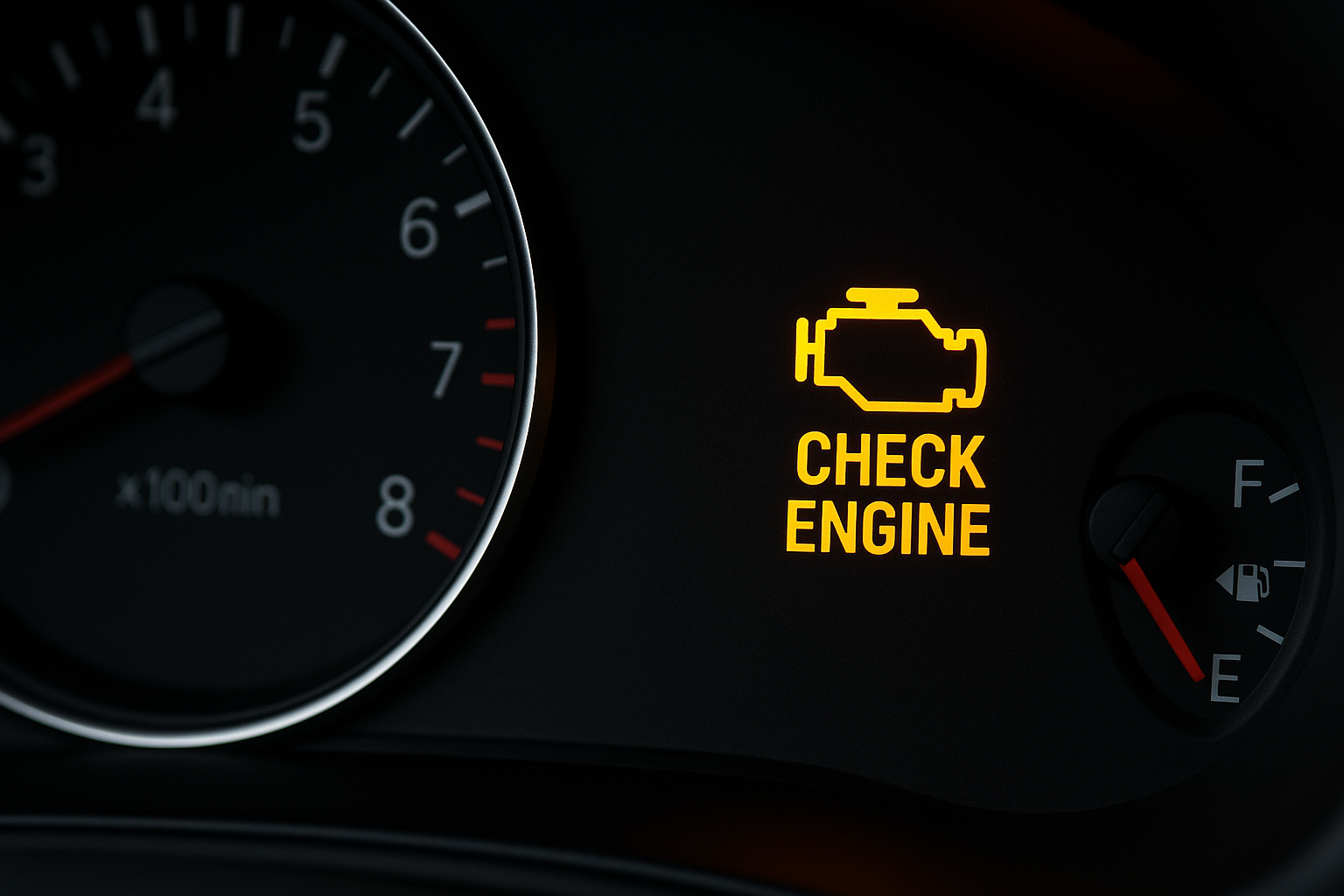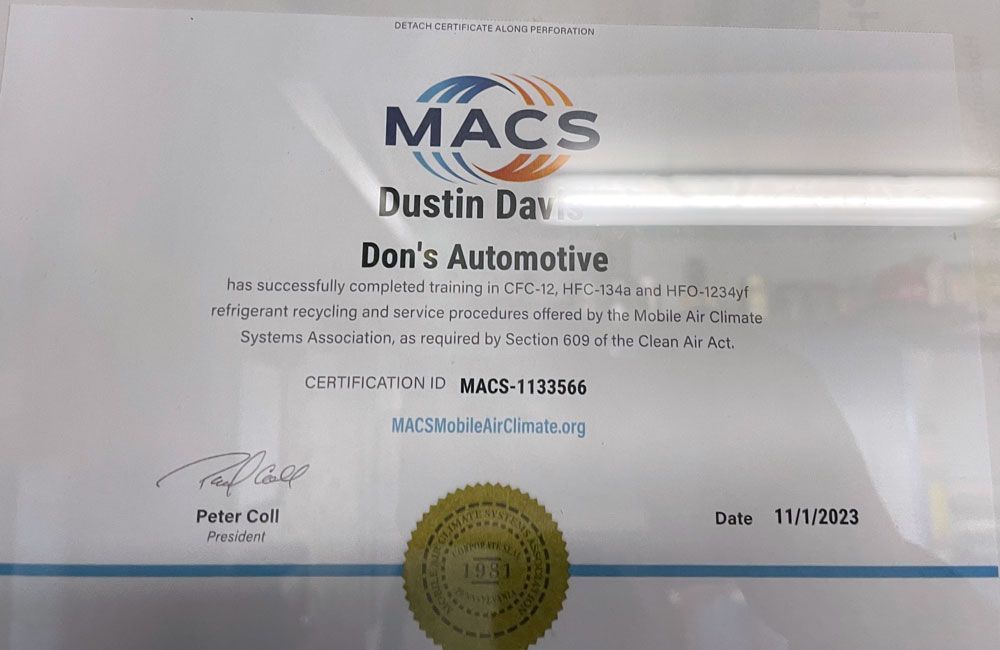How Heat Affects Your Car (and How to Protect It)
July 31, 2025
July 31, 2025
At Don’s Automotive, we want to help you stay safe and avoid costly repairs by knowing how the heat impacts your car—and what you can do to prevent damage.
What Heat Does to Your Vehicle:
1. Overheating Engines
Extreme heat puts extra pressure on your cooling system. If coolant levels are low or parts are worn out, the engine can overheat—leading to warped parts or even a blown head gasket.
2. Battery Breakdown
High temperatures accelerate battery fluid evaporation and corrosion, which can shorten battery life and leave you stranded.
3. Tire Blowouts
Hot pavement + underinflated tires = a recipe for disaster. Heat increases tire pressure and makes weak spots more likely to fail.
4. A/C System Overload
Your A/C has to work overtime in the summer. If refrigerant is low or components are aging, you might be left sweating it out.
5. Fluids Evaporate Faster
Brake fluid, oil, transmission fluid, and coolant can break down more quickly in high temps, reducing effectiveness.
How to Protect Your Car from the Heat
✅ Check coolant levels and condition
✅ Inspect belts and hoses for wear or cracks
✅ Test your battery and clean terminals
✅ Monitor tire pressure weekly
✅ Top off fluids and consider a summer oil change
✅ Have your A/C serviced before it quits on you
Pro tip:
Park in the shade when possible and use a windshield sunshade to protect your interior from UV damage and heat buildup.
�55358;�56816; Schedule a Vacation Package & Courtesy Safety Check Today!













